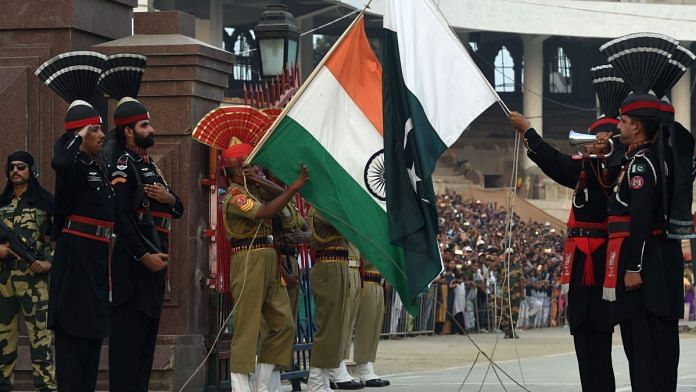46 years ago, the historic pact was signed between the two South Asian neighbours for peaceful settlement of all disputes.
New Delhi: Forty-six years have passed since India and Pakistan signed the Simla Agreement for a peaceful settlement of all disputes and problems between the two countries. The pact was aimed at reversing the consequences of the 1971 war.
The relations between India and Pakistan had been strained since Partition and had further deteriorated after the 1971 war, which also led to the creation of Bangladesh, which was known as East Pakistan.
Six months after Bangladesh was liberated, then Prime Minister Indira Gandhi and former Pakistan President Zulfiqar Ali Bhutto met in Shimla on 2 July, 1972, to sign an agreement which provided a framework for the mutual resolution of their disputes.
Henceforth, the Simla Agreement and not the UN Security Council resolution of 1949, would be the touchstone between the two countries, for negotiations as well as disputes.
India agreed to return 90,000 prisoners of war it had captured from Pakistan. In return, Bhutto promised — he gave verbal assurances to Mrs. Gandhi — that he would return home and make permanent the Line of Control that bifurcated Kashmir into an international boundary.
Key takeaways from the agreement
- Both countries will hold direct talks for a peaceful settlement of all disputes and problems and there will be no intermediary or third party.
- The facilities of transit will be established so that the people of both countries can come forward.
- As far as possible, business and economic cooperation will be restored soon.
- Pakistani territories captured by India during the 1971 war would be returned.
- Both countries will work together to promote science and culture.
- They shall always respect each other’s national unity, territorial integrity, political independence and sovereign equality.
Some experts have argued that Indira Gandhi should not have trusted Bhutto’s verbal assurances and kept some leverage. The tortuous history of the India-Pakistan relationship may have been very different if she had forced Bhutto to sign on the dotted line, converting the LoC into an international boundary, they say.
The two countries have seen endless conflict and violence over the years — the Kargil war, the 2008 Mumbai attacks, decades of terrorism, and most recently the Pathankot and Uri attacks as well as the deterioration of the situation in Kashmir.
Revisiting the Simla Agreement could perhaps remind the neighbours of their failure to live up to the spirit of the landmark accord.






